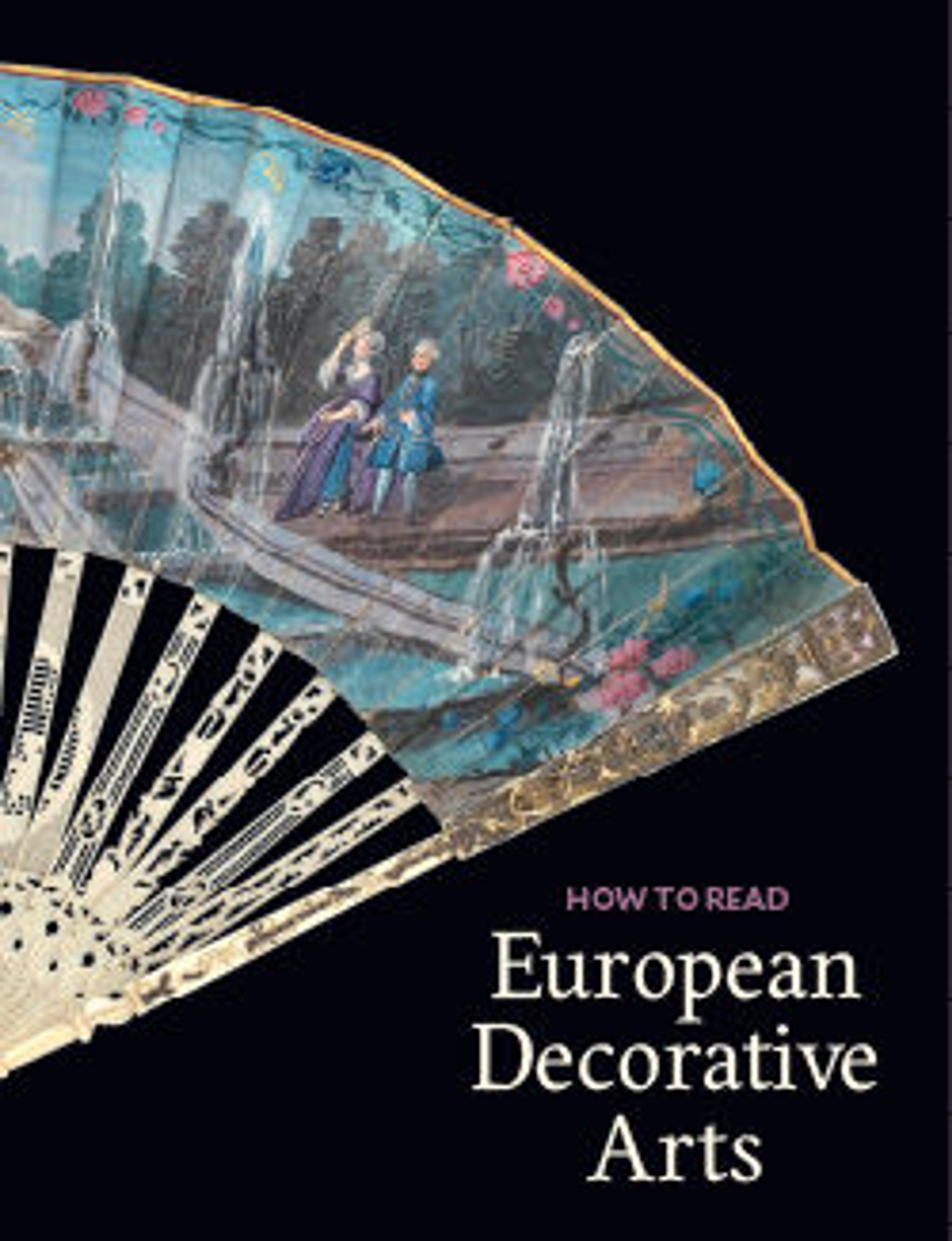Cabinet
The sophisticated ripple moldings on the cabinet’s exterior playfully bring out the lustrous quality of the severe black ebony. Other tropical veneers as well as inlays of mother-of-pearl and green-stained horn enliven the cabinet’s interior which encloses multiple drawers as well as a compartment with a mirror-lined "stage" for the display of a treasured artwork. This cabinet is attributed to Herman Doomer, one of the few cabinetmakers working with ebony and mother-of-pearl in Amsterdam, the foremost European market for such exotic materials. Doomer gained fame through the portrait Rembrandt painted of him, also in the Museum's collection (see 29.100.1).
Artwork Details
- Title:Cabinet
- Maker:Attributed to Herman Doomer (Dutch, Anrath ca. 1595–1650 Amsterdam)
- Artist:Figures on interior of doors after designs by Pieter Jansz. Quast (Dutch, Amsterdam (?) 1605/6–1647 Amsterdam)
- Artist:as engraved by Salomon Saverij (Dutch, 1594–1678)
- Artist:Figure on interior compartment door based on engraving by Albrecht Dürer (German, Nuremberg 1471–1528 Nuremberg)
- Date:ca. 1640–50
- Culture:Dutch, Amsterdam
- Medium:Oak veneered with ebony, snakewood, rosewood, kingwood, cedar and other woods; mother-of-pearl, ivory, green stained bone
- Dimensions:Overall: 27 9/16 × 32 5/16 × 15 3/4 in. (70 × 82.1 × 40 cm)
- Classification:Woodwork-Furniture
- Credit Line:Purchase, Rogers Fund and Joseph Pulitzer Bequest, 2011
- Object Number:2011.181
- Curatorial Department: European Sculpture and Decorative Arts
More Artwork
Research Resources
The Met provides unparalleled resources for research and welcomes an international community of students and scholars. The Met's Open Access API is where creators and researchers can connect to the The Met collection. Open Access data and public domain images are available for unrestricted commercial and noncommercial use without permission or fee.
To request images under copyright and other restrictions, please use this Image Request form.
Feedback
We continue to research and examine historical and cultural context for objects in The Met collection. If you have comments or questions about this object record, please contact us using the form below. The Museum looks forward to receiving your comments.
